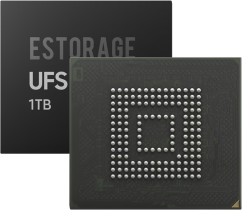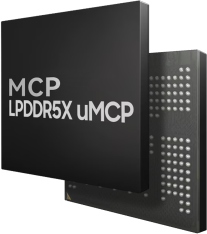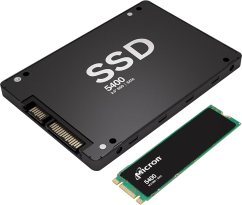Networking Equipment
Networking equipment encompasses a range of devices designed to facilitate communication and data exchange between computers, servers, and other devices within a network. These devices utilize various electronic components to manage and transmit data efficiently.
1. Network Processors:
Specialized processors designed to handle packet processing, routing decisions, and other networking tasks. They may include multiple cores and hardware accelerators for optimized performance.
2. Switching Components:
· Switching ASICs (Application-Specific Integrated Circuits): These ICs are designed to manage the switching fabric within network switches. They enable efficient data forwarding and switching operations.
· Switching Fabric: Interconnects the ports on network switches to facilitate the transfer of data packets from source to destination.
3. Routing Components:
· Routers: Use specialized routing ASICs or CPUs to determine the best paths for data packets through the network based on routing tables and network protocols.
· Routing Tables: Store information about network topology and routes, used by routers to make forwarding decisions.
4. Network Interface Cards (NICs):
Provide connectivity between networking devices (servers, computers) and the network infrastructure. NICs can include Ethernet adapters for wired connections or wireless adapters for Wi-Fi connectivity.
5. Memory Components:
· RAM (Random Access Memory): Used for storing data packets, routing tables, and temporary buffers within networking devices.
· Flash Memory: Provides non-volatile storage for storing operating system images, configuration files, and firmware upgrades.
6. Power Management Components:
· Power Supply Units (PSUs): Convert and distribute electrical power to networking equipment to ensure continuous operation.
· Voltage Regulators: Stabilize voltage levels to protect electronic components and ensure reliable operation.
7. Security and Firewall Components:
· Firewall ASICs: Accelerate packet filtering and inspection to enforce security policies and protect against unauthorized access.
· Encryption/Decryption Engines: Hardware modules for encrypting and decrypting data to ensure secure communications over the network.
8. Clock and Timing Components:
· Clock Generators and PLLs (Phase-Locked Loops): Provide precise timing signals for synchronizing data transmission and reception within the network.
9. Heat Management Components:
· Cooling Fans and Heat Sinks: Maintain optimal operating temperatures within networking equipment to prevent overheating and ensure reliability.
10. Connectors and Interfaces:
· Ethernet Ports: RJ45 connectors for wired Ethernet connections, supporting various speeds (e.g., 10/100/1000 Mbps, 10 Gbps, 40 Gbps, 100 Gbps).
· Fiber Optic Interfaces: LC, SC, or MPO connectors for transmitting data over fiber optic cables at high speeds and over long distances.
11. Environmental and Monitoring Sensors:
· Temperature Sensors: Monitor temperatures within networking equipment to prevent overheating.
· Environmental Sensors: Monitor humidity and other environmental conditions to maintain optimal operation.






